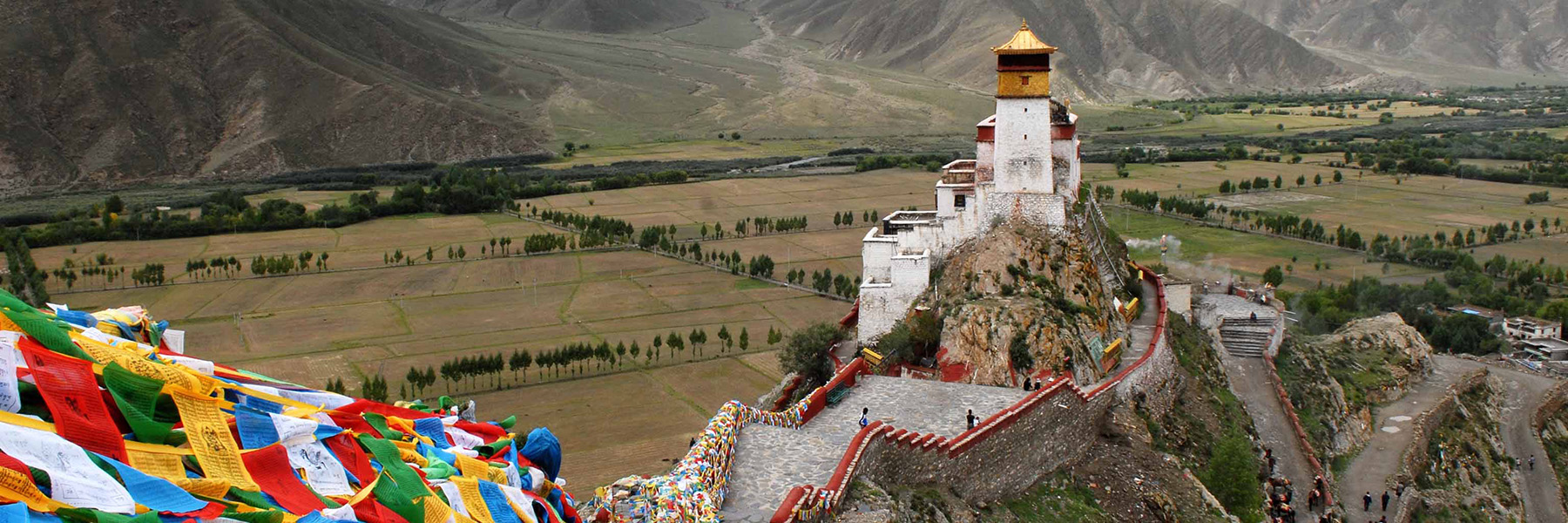Tibet Autonomous Region
Tibet
Capital: Lhasa
Population: 3,002,166
Languages: Tibetan, Mandarin Chinese
Historical Tibet played a very important role in Central, Inner and East Asia. The Tibetan Empire in the 7th century ruled over a region far beyond its contemporary borders. Tibetan religion and culture also exerts a large influence over much of Inner Asia. Historically and today, Mongolians, in both Outer or independent Mongolia, as well as Inner Mongolians, Buryats and Kalmyks, follow Tibetan Buddhism. The highest religious and political figure in Tibetan Buddhism is also the most famous Tibetan to the west, the Dalai Lama.
Historically, Tibet was conquered by the Manchu Qing Dynasty. After the fall of the Qing, Tibet struggled for independence, and was incorporated into the People’s Republic of China. The Tibet Autonomous Region (TAR, also called the Xizang Autonomous Region) is a province-level autonomous region of the People’s Republic of China (PRC), created in 1965.
Within the People’s Republic of China, Tibet is identified with the Autonomous Region, which includes about half of historical Tibet, including the traditional provinces of Ü-Tsang and the western half of Kham. The borders of the present Autonomous Region coincide roughly with the actual zone of control of the government of Tibet in 1950. The Tibet Autonomous Region is the second-largest province-level division of China by area, spanning over 1,200,000 square kilometres (460,000 sq. mi.), after Xinjiang. Unlike other autonomous regions, the majority of inhabitants are still of the local ethnicity.
Tibet continues to play an important role, both politically and spiritually, in the world. It is easily the most well-known and paid-attention-to non-Chinese region in the People’s Republic of China in the West. It is often the site of conflict over religious freedom, usually symbolized by the Dalai Lama. It is also the site of inter-ethnic conflict, particularly due to Tibetan resistance to the increased Han migration into their homeland.


